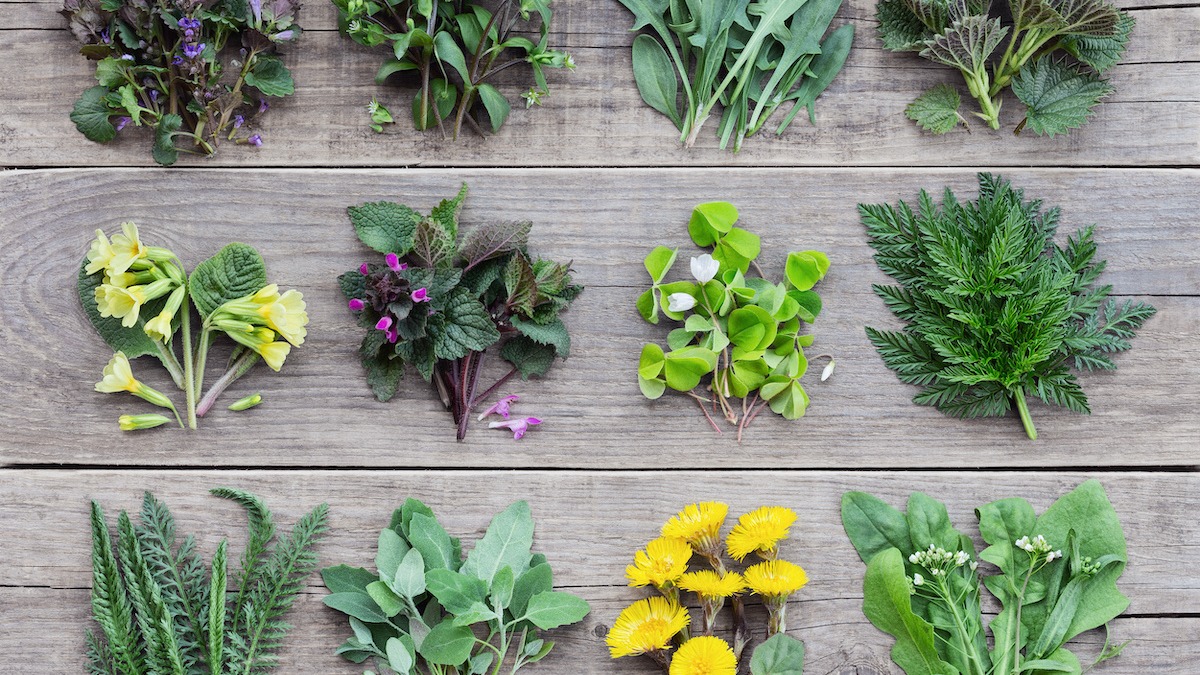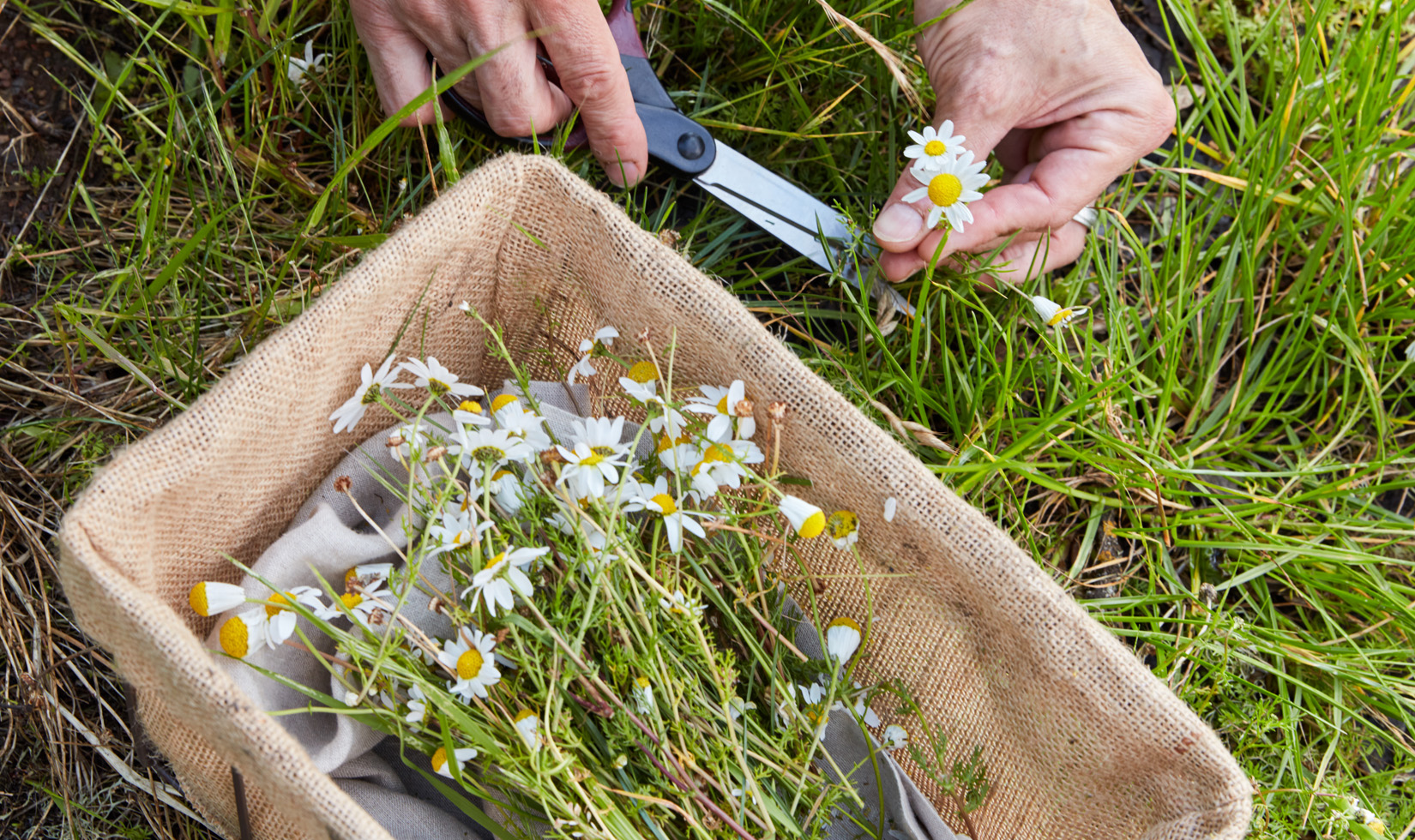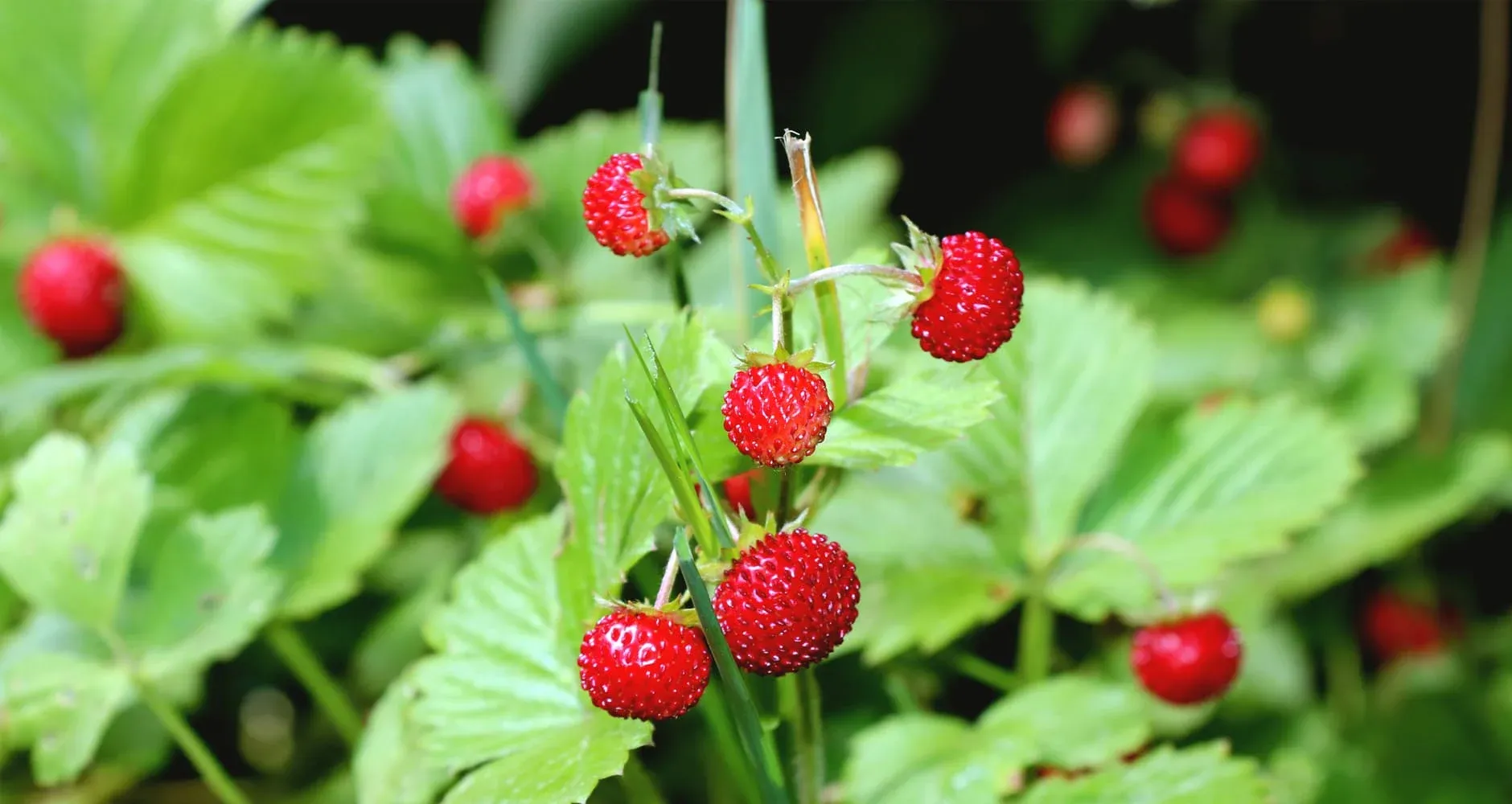As a professional survivalist with an extensive background in ancient military tactics and survival psychology, I'm here to guide you through the verdant world of wild edible plants. This realm is rich with nourishment and variety, offering a buffet of flavors to those who know where to look. The knowledge of which plants are safe to consume—a skill once crucial to our ancestors—is still a valuable asset today.
The Essentials of Wild Plant Foraging
Embarking on a journey to uncover wild nutriment sources is not only a matter of satisfying hunger; it's a way to connect with our environment and understand the intricate web of life sustaining us. The identification of edible plants is a complex, yet rewarding art, and it's important to approach it with respect and caution, particularly to avoid poisonous look-alikes such as poison ivy.

Recognizing Edible Species
Before we delve into the specifics, let's highlight the key principles of safely identifying wild edible plants:
Always be 100% certain of a plant's identity before consuming it.
Understand the edible parts of each plant, as some may have both edible and toxic parts.
Focus on learning a few plants well rather than a little about many plants.
Samuel Thayer and the Art of Foraging
Samuel Thayer, an authority on wild edibles, emphasizes the importance of learning from direct experience. Books and guides are invaluable, but the true understanding comes from hands-on interaction with the plants in their native habitats.
A Forager's Go-To Edible Plant Species
Here are some commonly found wild edible plants and their characteristics:
Wild Onion/Garlic: These are identifiable by their distinct onion-like smell.
Wood Sorrel: Often mistaken for clover, wood sorrel has heart-shaped leaves and a tangy flavor.
Chickweed: This edible weed has small, star-shaped flowers and is great in salads.
Nettle: While the hairs can sting, when cooked, nettles are rich in nutrients.
Purslane: This succulent plant has reddish stems and fleshy leaves, high in omega-3 fatty acids.
Dandelion: Every part of this ubiquitous plant is edible, from the flower to the roots.

A Culinary Adventure in the Wild
Savoring Wild Edibles
Wild food plants are not only a survival necessity; they can be a delightful addition to any meal. Here's how to integrate them into your diet:
Salads and Greens
Young Leaves: Tender leaves of dandelion, garlic mustard, and rumex crispus can make a refreshing jumble.
Edible Flowers: Many wild flowers, including those of common milkweed and dandelion, can add a splash of color and flavor.
Wild Greens: Learning to identify and harvest wild greens like nettles can supplement a nutrient-rich diet.
The Versatility of Edible Wild Plants
Cooking and Seasoning with Wild Plants
Wild Asparagus: Offers a delicious spring treat when lightly steamed or sautéed.
Field Garlic: Can be used similarly to cultivated garlic to spice up dishes.
Broadleaf Plantain: When young, the leaves can be used as a spinach substitute.

The Considerations of Grazing
Harvesting with Respect
When grazing for wild plants, it's critical to preserve the ecosystems from which we harvest:
Avoid overharvesting. Take only what you need and leave plenty for the plants to continue flourishing and supporting wildlife.
Respect private property and only forage where it's legally and ethically permissible.
The Risks of Misidentification
Poison Ivy: Always stay vigilant to avoid plants with similar appearances to toxic varieties.
Oxalic Acid: Found in wood sorrel and other leafy greens, it's best consumed in moderation.
Grazing Tools and Techniques
Field Guides: Equip yourself with reputable guides and consider attending workshops.
Harvesting Tools: Bring along proper tools like knives, baskets, and gloves when necessary.
The Nutritional and Medicinal Benefits
Many wild edible plants also possess medicinal properties and can offer a range of health benefits. Nettle, for example, has been used as a traditional medicinal plant for centuries. Always consult a healthcare provider before using plants for medicinal purposes.

The Almanac of North American Wild Edibles
Delving deeper into the world of grazing, we discover a plethora of edible wild plant varieties that not only sustain life but also offer a delightful tapestry of flavors. The North American continent is particularly rich with a variety of native plants once foraged by Native Americans, providing both sustenance and medicine.
Edible Wild Plants Diversity: A Treasure Trove of Edibles
The forests, fields, and even urban environments are home to edible wild plants that often go unnoticed. Take the humble broadleaf plantain, a common sight in backyards, which has young leaves suitable for salads and mature leaves perfect for medicinal poultices. Ground ivy, creeping quietly in the corners, not only adds a minty zest to dishes but can also be used as a clarifying agent in brewing due to its high oxalic acid content.
Berry Bonanza
Berries: From the sweet burst of wild berries such as blackberries and raspberries to the slightly sour but vitamin-C-rich rosehips, foraging for berries can be an enjoyable and nutritious endeavor.
Edible Wild Plants Variety
Edible Parts: Understanding the different edible parts of plants is crucial. For instance, the flowers of wild garlic can be consumed, while the bulbs are often used as a seasoning.
The Role of Medicinal Herbs in Survival
Medicinal Herbs: Plants like rumex crispus, commonly known as curly dock, have roots considered powerful healing herbs that can help with various ailments when prepared correctly.
Wild Salad Greens Galore
Wild Salad: For those inclined towards culinary adventures, foraging for wild hotchpotch greens can turn an ordinary dish into an extraordinary one. Mix in recent leaves of garlic mustard with dandelion leaves for a nutrient-dense and flavorful wild jumble.

The Bounty of Wild Edible Food
Incorporating wild edible food into one's diet isn't just an exercise in survival—it is an act of cultural remembrance, paying homage to the wisdom of Native American and ancestral traditions that recognized the rich provisions of the earth.
Safe to eat Flowers and Their Culinary Uses
Edible Flowers: Brighten up your plate with safe to eat flowers such as common milkweed blossoms, which can be enjoyed raw or cooked, offering a subtle, sweet flavor.
Pursuing Purslane and Other Succulent Edibles
Purslane: This hardy succulent thrives in poor soil and is a power-packed source of nutrients, making it a sought-after plant for both wild nutriments enthusiasts and health-conscious foragers.
The Unseen World of Edible Weeds
Edible Weeds: Many plants considered weeds are quite edible and even preferable in some instances. The secret lies in knowing which ones to harvest, like the chickweed, an excellent addition to the forager's basket.
The Cultural Significance of Wild Food Plants
From the sunflower seeds prized by the indigenous peoples for their oil to the versatile cattails, every wild taste food plant carries with it a history and a connection to the land.
Foraging as a Means to Connect with Native American Traditions
Understanding the cultural aspect of wild plants enriches the foraging experience, offering a glimpse into the ways Native Americans utilized these resources for nutrition and healing.

The Joy of Discovering Edible Plant Species
Foraging for wild edible plants is more than a pastime; it's about reviving ancient knowledge, respecting our environment, and partaking in the sheer joy that comes from gathering your own food. With the diverse range of species available in the wild, from the pungent wild onion to the robust garlic mustard, your excursions can lead to a treasure trove of flavors waiting to be explored. As a survivalist and enthusiast of ancient military tactics, the nuances of foraging remind us that the land provides and that with knowledge, we can navigate the wilds not just to survive, but to thrive. Remember, every leaf plucked, and every root harvested carries with it a story of life, ecology, and the enduring bond between humans and the earth.
Embracing the Wild Journey
As a professional survivalist, I encourage you to dive into the exploration of wild edible plants with respect for nature and a thirst for knowledge. The skills learned through foraging can be indispensable, whether you're embarking on a wilderness adventure or merely seeking a deeper connection with nature. To further enhance your understanding and proficiency in the art of identifying wild plants, I recommend following seasoned experts like Samuel Thayer and engaging with local foraging communities. Remember, the journey into the world of wild edible plants is not only about survival; it's about thriving on the natural abundance that surrounds us.
